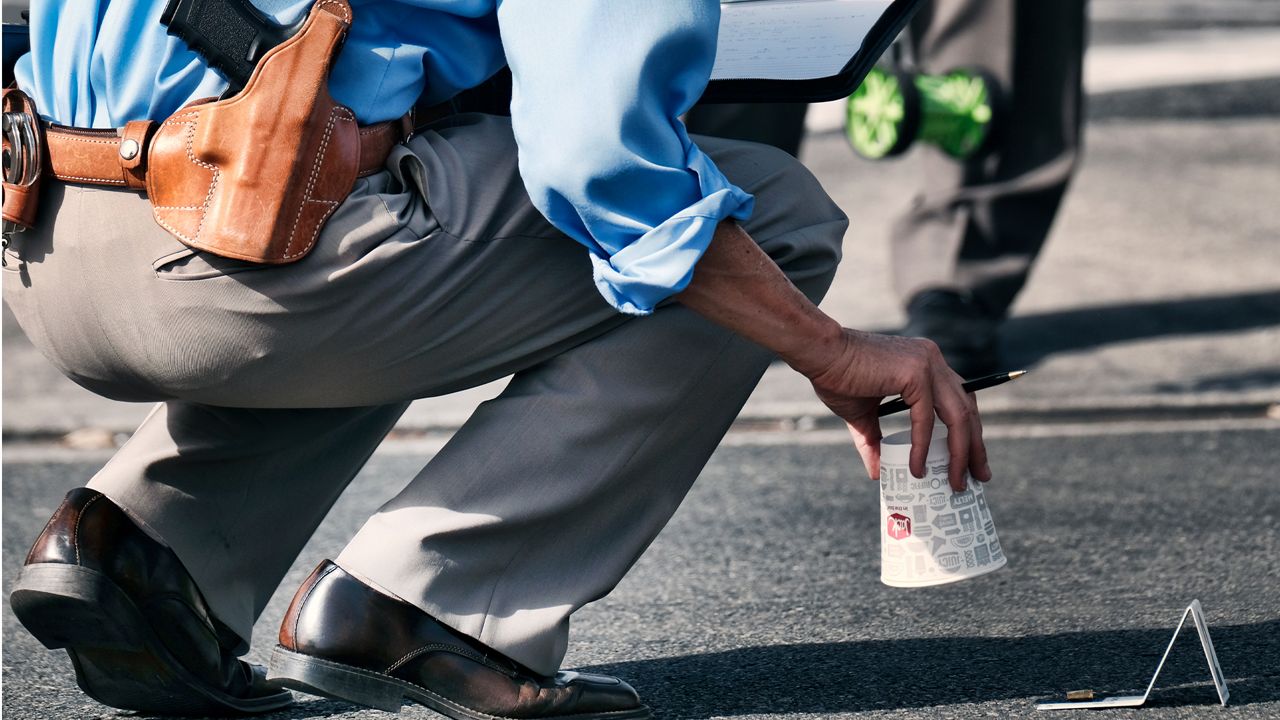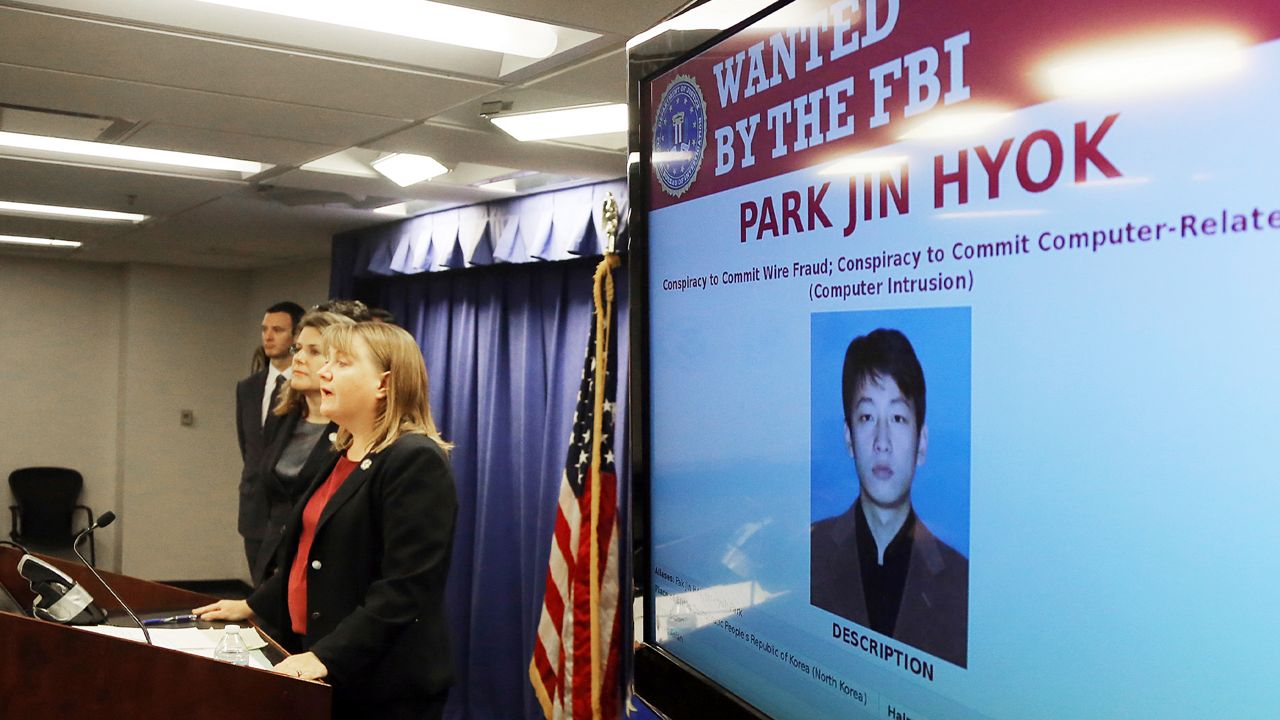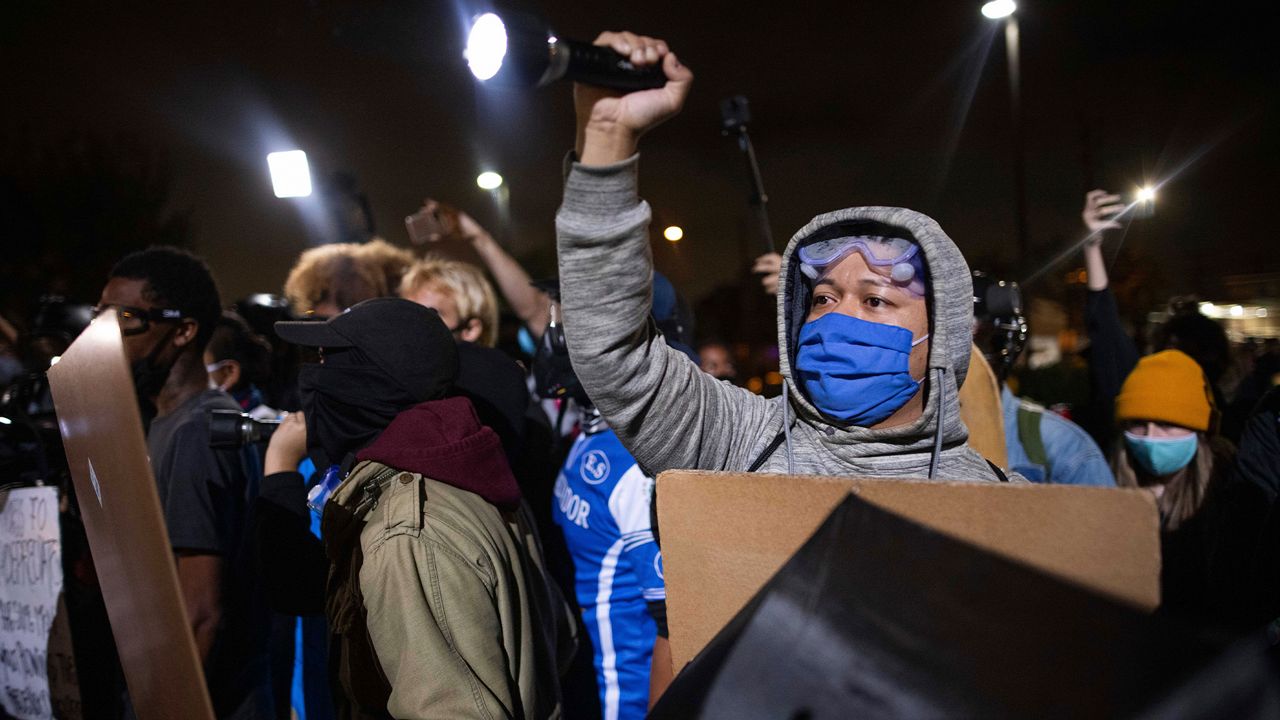LOS ANGELES – It won’t be an easy road to recovery for Bradley Steyn.
For now the Los Angeles dad is mostly limited to walking back and forth between his freezer to fill his ice pack and his couch, nursing serious injuries from rubber bullets deployed by the LAPD at the George Floyd protest that turned violent in L.A.’s Fairfax district on May 30.
“I got hit twice with a rubber bullet and I got hit across the chest with a police baton. It was incredibly painful,” Steyn said in a sit-down interview with Spectrum News 1.
Since getting hurt, Steyn hasn’t been shy about sharing his very uncomfortable experience on social media.
“I had to go for emergency surgery on my testicles, because one of my testicles was ruptured,” Steyn said.
Steyn said when the protest started that day, things were peaceful. But when people began vandalizing buses and police cruisers near him that peace quickly turned into chaos.
“I saw people jumping on the cars and starting to wreck the cars, you know I tried to stop some of them doing that,” Steyn said.
Steyn said at that point officers became forceful, clashing with the protesters and unleashing batons and rubber bullets.
“Police just beating the hell out of them with police batons and it reminded me of apartheid in South Africa. And I just couldn’t stand by there idly anymore and watch any of this,” Steyn said.
One of the reasons Steyn was so passionate about the protesters’ cause: in the 1980s he served as a spy for then-anti-apartheid revolutionary Nelson Mandela, who went on to become the first Black President of South Africa. He wrote a book about the experience entitled, Undercover with Mandela’s Spies.
“You know, I didn’t think I would see this or feel this in the land of the free and the home of the brave,” Steyn said.
Steyn said he also didn’t realize how much bodily harm rubber bullets can cause.
A 2017 study from the British Medical Journal examining rubber bullets found 15 percent of people were permanently injured and three percent died of their injuries.
We asked LAPD’s union director, Jamie McBride to weigh in on the injuries being reported by local protesters.
“When an officer gives a lawful order to disperse because of an unlawful assembly, they should probably listen to that order,” said McBride.
The LAPD had not been served with a lawsuit at the time of our interviews so they could not comment on any potential or pending litigation.
Steyn said that on advice of his attorney, Lisa Bloom, he can’t share more on how he sustained his injuries but he questions the LAPD’s training and riot response protocols, which is why he decided to pursue a lawsuit.
At the same time, Steyn said he does not condone the looting and violence he witnessed.
“I understand people are frustrated, but if they are frustrated who they should be targeting is they should be targeting the government. They should not be targeting small businesses. That’s how we in South Africa during the anti-apartheid movement brought the government to its knees by attacking government where it hurt,” he said.











